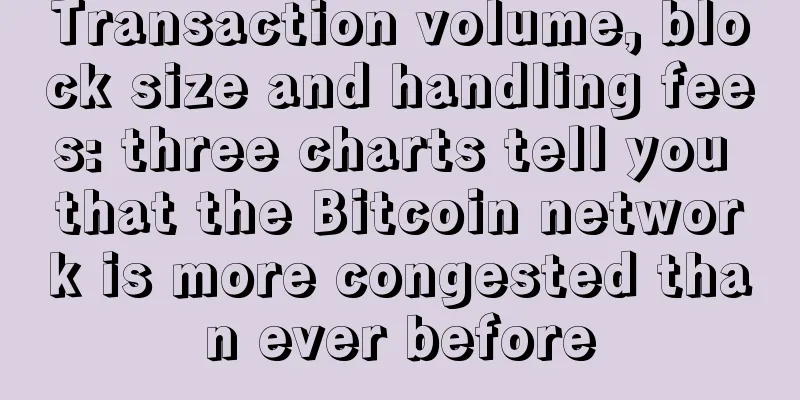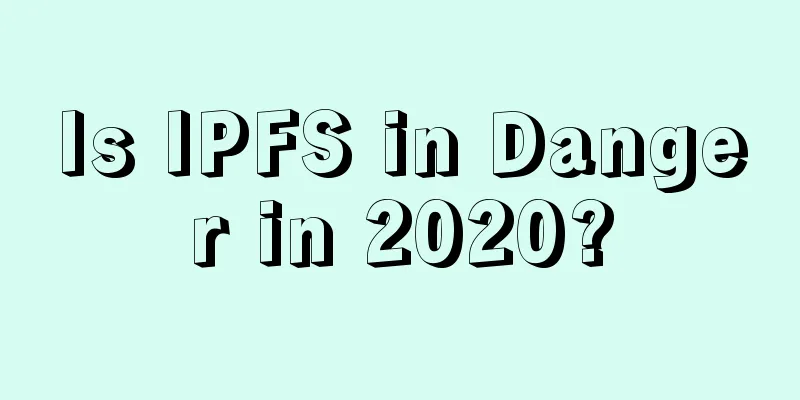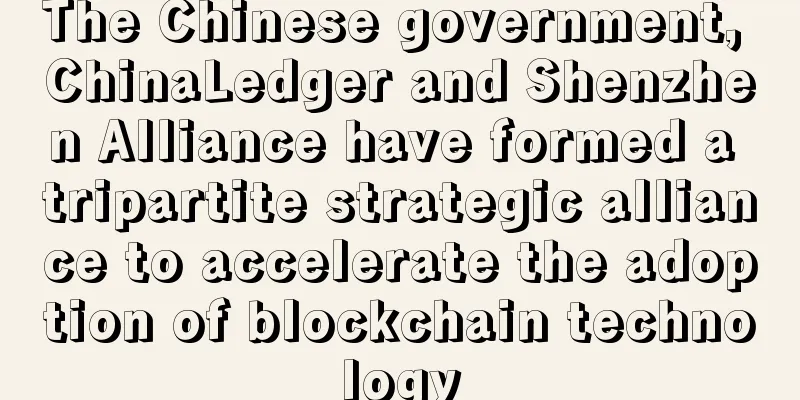Transaction volume, block size and handling fees: three charts tell you that the Bitcoin network is more congested than ever before

|
This post focuses on Coindesk Research’s Q1 2017 State of the Blockchain report, with a focus on growth data surrounding the Bitcoin blockchain. Born out of mathematics, Bitcoin is a numbers game. A single transaction is ~500 bytes in size, the block size is limited to 1MB and can only be released after solving a mathematical puzzle, blocks are generated every ~10 minutes by an algorithm. In fact, the current Bitcoin protocol was set years before Bitcoin transactions were called “expensive,” setting the stage for the “scaling debate” we’ve seen so far. Since then, many proposals have been developed to reduce transaction sizes, remove the block size limit and move transactions outside of the main Bitcoin blockchain, among other ways to increase capacity. Amid this indecision, the network itself has adapted. Since Bitcoin miners have control over which transactions are included in blocks and users can pay to have their transactions included in blocks, a fee market has developed to incentivize miners to include transactions in blocks. However, putting aside scaling solutions and alternative cryptocurrencies, objective data from the first quarter of 2017 tells a different story. The number of transactions, block size, and transaction fees on the Bitcoin blockchain all hit record highs in Q1 2017, proving that the demand for use of the Bitcoin network is higher than ever. Let’s take a closer look at the following three charts: 1. The number of transactions on the Bitcoin blockchain reaches nearly 300,000 per day Transactions on the Bitcoin network have continued to rise since its inception and are up more than 40% compared to a year ago. However, future growth will be limited because Bitcoin’s current blocks have reached their maximum size and transaction size has reached its minimum, meaning that the number of transactions that can be accommodated in a block has reached its limit, and the number of new transactions that can be added to the blockchain each day has reached its maximum limit. 2. The increase in the number of transactions has caused the Bitcoin block to approach 92% of its 1MB capacity The rate at which block sizes are increasing has been accelerating as the year progresses, and in the last month the average block size has not dropped below 0.95MB, leaving little room for transactions that don’t pay miners a significant fee. 3. Increased transaction volume and block size have resulted in average transaction fees exceeding $0.6. The current state of Bitcoin makes transaction fees the most expensive aspect of the experience for the community and future Bitcoin users. A few years ago, transactions on the Bitcoin network could be described as “free” or “almost free”, and paying was indeed considered optional. However, in Q1 2017, average transaction fees increased by 155% to $0.62, and continued to accelerate at the end of the quarter. On June 7, the average fee exceeded $5. ConclusionThere is no doubt that the Bitcoin network is becoming more congested than ever before. As transaction numbers and block sizes approach their limits and fees reach unprecedented levels, some proposals have emerged to ease costs for users. However, others see this as a sign of the health and growing appeal of the Bitcoin network. While it is too early to know which vision the Bitcoin network will move towards, the support, execution, and timing of all actions will significantly impact future transaction volume, fees, decentralization, user growth, alternative blockchains, and the industry as a whole. |
<<: Foreign media: China's bitcoin market recovery heralds the world's entry into the 'Asian era'
>>: Deng Jianpeng: Bitcoin risks and regulatory responses
Recommend
What is the personality of a person with deep eye sockets? Is fate good or bad?
In life, we can see some people with deep eye sock...
What are the signs of a narrow-minded man? Which men are the most stingy?
As a man, you should be more generous. Don't ...
Know your baby's health from the palm lines Know your baby's health from the palm lines
Look at your baby's palm lines to know their ...
How your eyes show your development in middle age
How your eyes show your development in middle age...
CUT coin, based on PoS coins hiding elusive transactions, CPU servers, graphics card miners can mine!
Total quantity: 200 million Premine: 4,000,000 (2...
Is MicroStrategy founder's view on Bitcoin right or wrong?
Despite Bitcoin’s volatility and regulatory press...
BitSE was invited to attend the 2016 Shanghai International Think Tank Summit
The 2016 Shanghai International Think Tank Summit...
Apple’s inspiration for blockchain application designers
Baozou Comment : Blockchain technology itself is ...
How to read the square face
In life, we meet all kinds of people. Everyone ha...
Vitalik: Why doesn’t PoS significantly reduce block times compared to PoW?
We are also actively researching mechanisms withi...
How to predict wealth by reading palm lines
Financial fortune is related to our lives, so it ...
How is the fortune of a person born under the sign of Jingquanshui who has dimples?
Jingquanshui fate is a kind of water-attributed f...
Is it good for a woman without a marriage line? It is difficult for her to find a suitable partner because her marriage is not prosperous.
How to read the marriage line on your hand? The m...
What does birthmarks on the face mean for fortune telling?
The birthmarks on our bodies are marks left when ...
The fate of people with occipital protuberance
The ancients often said: The head is the most nob...









